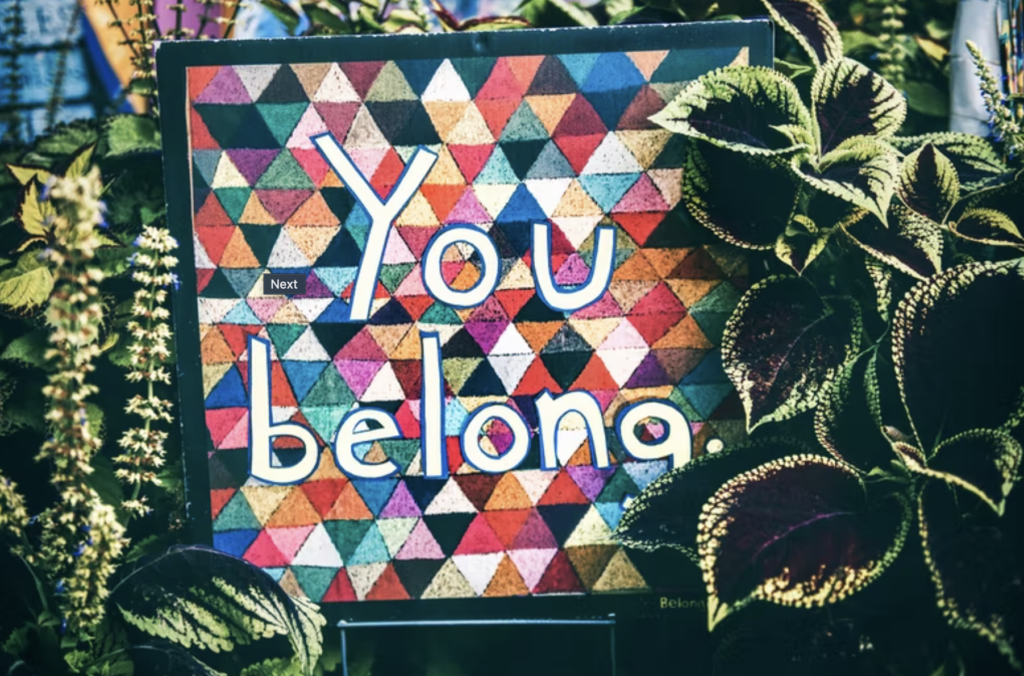
A quote that stood out for me from a class blog titled National #AccessAbility week was:
We have the opportunity to do better with our learning designs. We can celebrate the individual strengths and value the diversity each learner brings to our learning environments and workplaces
EDCI 335 blog
Prologue:
As an educator, I have always found myself in a pedagogical battle when it comes to the idea of equality and equity in the classroom. As an educator working in the 21st century, I recognize the inherent moral imperative to pursue equitable teaching practices that support students’ accessibility to learning. However, what frustrates me is when discussion of teacher-student attention is woven into the idea of an equitable classroom. In my heart, I wish for all students to receive an equal amount of attention from me as the teacher; unfortunately, this will never be the case. In an inquiry project, I completed in my final year of my teacher education program I asked the question: How can I as a teacher support the needs of all my students when certain individuals are requiring more specialized behavioural/developmental/emotional support? As fate would have it, I ended up standing in front of my peers and explaining that my inquiry question was not feasible. If I wish to be an educator with pedagogical ethics of equitable teaching practices, I must be willing to allocate my energy and attention to students who need it physically, mentally, emotionally, and visibly.
Question: How will your interactive learning resource specifically ensure that the needs of all learners can be met?
In the development of our interactive learning resources, dedicated to the topic of brain breaks, and how educators looking to develop professionally can integrate them into their classrooms, it was crucial to make the physical learning resource as accessible as possible. It is vital to remember when creating this learning resource, that we as educators can not design with one type of learner in mind. We must stay neutral to our very own learning preferences and instead design a resource that will provide the most effective and positive learning experience for all of our learners. All learners regardless of their age, gender, neurology, physical abilities, and status in society have the right to learn, as stated by Inclusive Education Canada:
Human rights law requires education providers to make their services accessible to persons with disabilities. This means that where a barrier is identified, accommodations must be provided to overcome that barrier unless to do so would cause an undue hardship
inclusive Education canada
In the process of designing our resource, we provided a multi-modal means of presenting our research and information and how our learners will respond to the content. In addition to providing an inclusive design based on the principles of scaffolded learning and creating a resource that can be accessed virtually and physically, we anchored our resource on the principles of personalized learning with an emphasis on visual, auditory, and kinaesthetic learners. To emphasize a few of these accessible learning approaches, while we have been planning and redesigning our learning resource, we focused on seeing the learning design through a variety of lenses. From the vantage point of a learner with an exceptionality, we observed the barriers to completing the designated tasks and activities our learning resource required. From here, we built off of our original ideas of formative and summative assessment factors to seek a representation that every learner could both embody and display their progress as they learn.
Leave a Reply